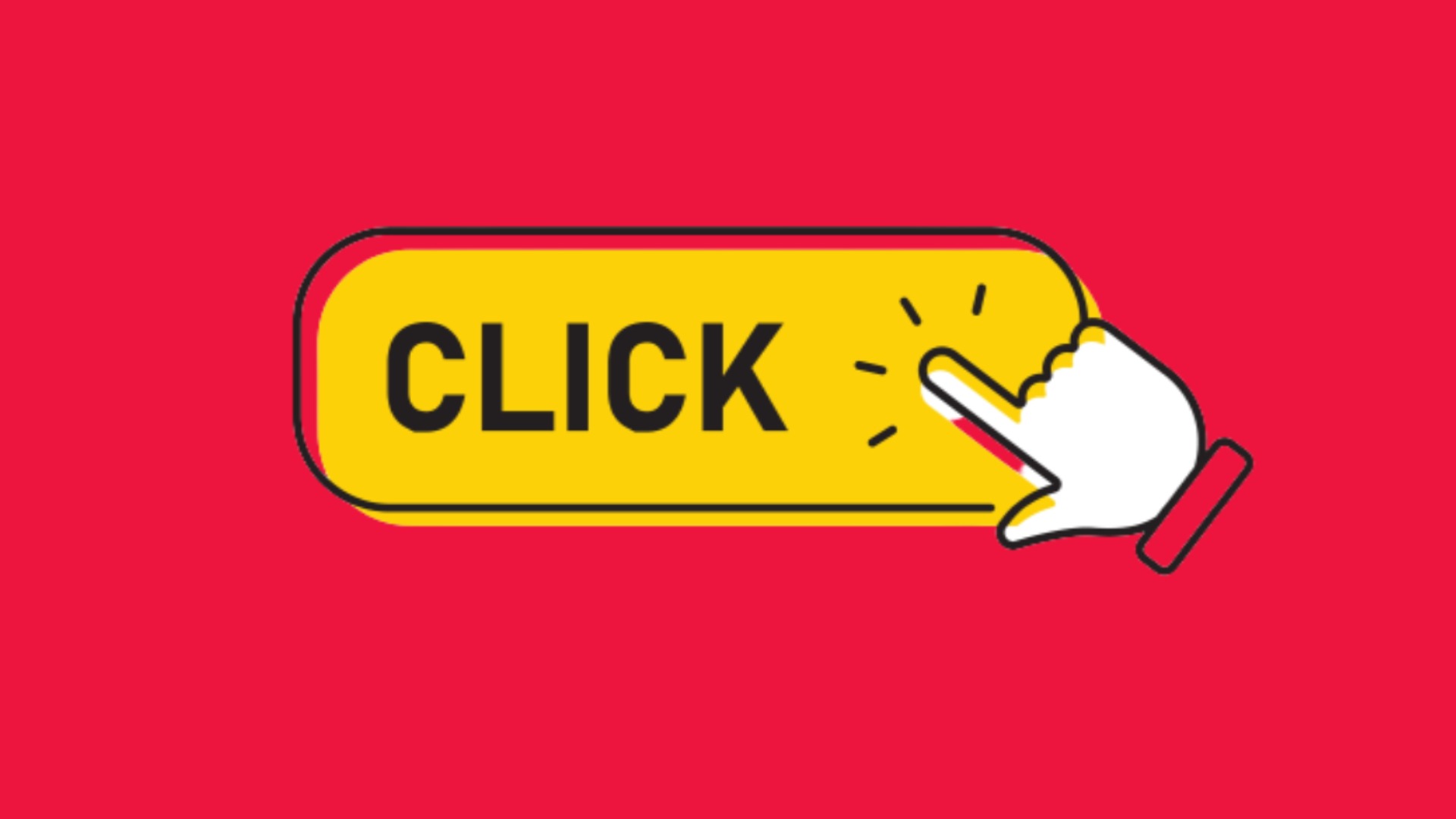Types Of Affiliate Traps That Can Destroy Brand Reputation: How To Avoid Them?
According to research, the global digital ad fraud loss is bound to increase from $35 Billion to $100 Billion from 2018 to 2023.
Affiliate marketing is a performance-based “win-win” advertising model where a brand or company incentivizes a third-party, commonly known as affiliates or publishers, to drive traffic or leads to their products and services. The incentive is a commission fee for the leads and sales affiliates receive to promote a brand.
|
Unfortunately, affiliate marketing has also become a breeding ground for fraudsters. Loss due to affiliate fraud is increasing, and it is increasing at a fast rate.
|
There are various types of affiliate fraud in different industries. These frauds are getting more common as they are hard to identify. It is crucial for companies and brands to monitor their affiliate channels as they are vulnerable to hackers and malicious affiliates attacking these channels.
Therefore, it is important to know what are the different types of affiliate scams harming your brand’s reputation and how you can avoid affiliate fraud.
Affiliate Frauds That Harm Your Brand Reputation
As a company, you need to be aware of the harmful affiliates who can not only mess with your marketing budgets but also damage your brand reputation. Here are the most common affiliate traps:
1. Cookie Stuffing
Cookies are a vital part of affiliate marketing. Cookie stuffing, or Cookie Dropping, is an illegitimate practice of stealing credit from someone else’s credible attribution. Threat actors either drop fresh third-party cookies or overwrite the preexisting cookies in the user's browser in order to steal commissions from legitimate affiliates.
When a visitor makes a purchase using the scammer’s affiliate cookie, the scammer earns a commission without having to drive any valid traffic to the company’s website.
2. Cookie Hijacking
In cookie hijacking, the malicious affiliate inserts a cookie into the user's browser using adware via web browser extensions or software applications. This is done by hijacking the elements present on the advertiser’s website.
The attackers can control the user’s entire session they spend on a webpage before they make a purchase. Cookie hijacking can be done in a variety of ways, through adware/malware, click hacking, session fixation, and cross-site scripting.
3. Adware Round Tripping
Adware Round Tripping is a stealth technique of stealing genuine buyers from an advertiser. The hackers use adware to navigate users from the advertiser’s website to their website and redirect them back to the advertiser’s website.
In this process, they drop a malicious cookie in the user’s browser and earn a commission from a sale that was bound to happen. The infected adware can monitor the user’s session and distract them while they plan on making a purchase. Besides being able to generate illicit revenue from adware round-tripping, they can also access the user’s data and track their browsing history.
4. TypoSquatting / URL Hijacking
Typo-squatting or URL Hijacking is one of the most common affiliate marketing frauds. The malicious affiliates deliberately buy domain names similar to original and well-known brands to target their customers. They track and estimate the mistakes users tend to make while searching for a legitimate brand and purchase that domain to drive traffic to the fake website.
The nefarious affiliates have the tendency to buy domain names similar to popular brands on errors like typos, wrong extensions, misspellings, combo squatting, etc.
Typo-squatting can deeply and negatively impact the user experience and the brand’s advertising revenue and can significantly hamper the brand’s reputation.
5. Misleading Deals
Misleading deals are false advertisements and deceiving offers put out by malicious affiliates to draw the attention of users. Once the user clicks on them, they are then redirected to the advertiser’s website, increase sales, and earn a commission.
Here are some tactics for misleading deals:
- Bait And Switch
Like the name bait and switch, the advertiser will bait the user by showing a discounted product. And when the user lands on the advertised item, it will show how inconvenient and futile this product is and how a higher-priced non-discounted similar product is so much better.
- The Sale Item Is Out Of Stock
Most of the time, ill-intended advertisers will put up sales for an out-of-stock product. This indicates that they never wish to honor the sale. Their intentions are only to bring the user to their brand and increase brand awareness.
- Buy One Get One Free
The “Buy one, get one free” offer is a classic example of fraudulent deals. The advertiser will raise the price of item 1 to compensate for the price of the second item. In any case, the user ends up paying for both products instead of benefitting from the “offer”.
6. Paid Ads Violation
According to a study, around 65% of online customers click on paid ads. Paid ads are one of the most results-oriented marketing strategies a company can employ. It is a tactic of bidding on brand-related keywords to show an ad at the top of the SERPs page. But where there is scope for success, there is scope for scams.
Ad fraud is one of the leading causes of bleeding a brand’s marketing budget dry. Malicious affiliates will bid on your brand’s top keywords to drive your potential customers to a competitor's site or to earn illegitimate commissions through Pay-Per-Click frauds. Some violations of paid search policy include day parting and reverse IP Geo-targeting, Disposable URLs, “Front” websites, and auto-redirects.
7. Competitor Ad Affiliate Fraud
Users install and use web browser extensions and plugins to make the most of their online shopping. These extensions can be used to find digital coupons online and compare prices among different brands. These coupon extensions are extremely useful to shoppers in making their user experience smooth and worthwhile.
However, malicious affiliates use these extensions as an adware to inject cookies and ads and to gain access to user information. Once this adware is installed in the user system, the affiliate can infiltrate that system to access sensitive user data, browsing history, and other confidential information.
A common affiliate trap is injecting competitor's ads on a brand’s webpage. These competitor ads consist of similar products the user was potentially shopping for but at competitive prices and discounts. In addition to harming the brand's reputation, it can also swindle the brand’s advertising budget.
8. Brand Infringement
Brand infringement is another common yet harmful affiliate fraud carried out by using a brand’s or advertiser’s intellectual properties like trademarks, patents, logos, IPs, or copyrights. Ever since digitalization, cybercriminals like hackers and black-hat affiliates have infringed on many brands, creating a need for affiliate fraud prevention.
Affiliate marketing focuses on the basic principles of generating traffic and conversions for a brand and earning a commission. Malicious affiliates use brand infringement to attract more user traffic and earn commissions in a lucrative way.
The consequences of brand infringement are severe, especially on the brand’s reputation, which is damaged in the process. Once loyal customers to the brand continually lose trust and interest in the company. On top of that, the brand ends up losing advertising funds to affiliate frauds.
There are many different ways of infringing a brand; however, domain spoofing, phishing, social media attacks, and paid ads violations are some of the typical ways.
9. Fake Leads
Malicious affiliates send fraudulently generated traffic to an advertiser or brand to earn commissions. These fraudsters use stolen data from users or bots to make them seem valid, and the advertiser ends up paying for them.
The threat actors usually use cookies and legitimate affiliate links to send bot traffic to the advertiser. Checking customer information for similar and repeated data is one way of identifying fake leads.
How To Monitor Affiliate Fraud And Avoid It?
Tragically, the affiliate marketing industry is highly susceptible to digital ad fraud loss. However, with monitoring and recognition, it is possible to avoid and manage affiliate fraud.
Virus Positive Technologies (VPT) has been a one-stop solution for many global brands in managing affiliate fraud and recovering lost advertising revenue. VPT offers a number of services in Affiliate Trap Detection with our brand compliance monitoring tools to secure brands’ reputations.
At VPT, we specialize in identifying the threat areas in the affiliate marketing industry and developing solutions for fraud detection and prevention. Contact sales@viruspositive.com to protect your brand’s reputation and recover your advertising losses.







